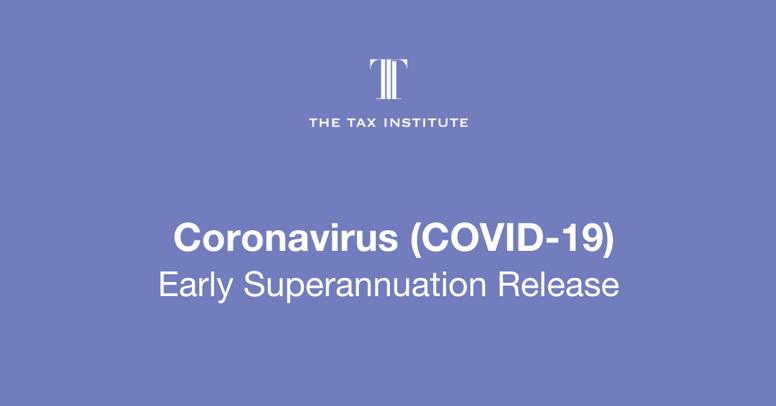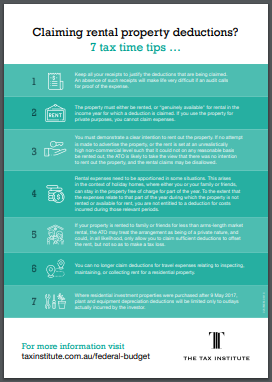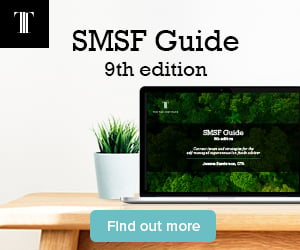
On Sunday, 22 March, the Federal Government released a second stimulus package as part of its plan to cushion the economic impact of the coronavirus, and help businesses and households get through to the other side of the crisis.
“We know this will be temporary. That’s why all our actions are geared towards building a bridge, keeping more people in work, enhancing the safety net for those that aren’t and keeping businesses alive so they can get to the other side and stand up their workforce as quickly as possible,” says Scott Morrison.
Early Superannuation Release
As part of the economic support package, the Government is allowing individuals in financial stress to access up to $10,000 of their superannuation in 2019-20, and a further $10,000 in 2020-21.
Eligible individuals can use MyGov to apply online for up to $10,000 of their superannuation before 1st July 2020, and a further $10,000 from 1st July for another 3 months. Tax will not need to be paid on released amounts, and money withdrawn will not affect Centrelink or Veterans’ Affairs payments. This measure is estimated to cost $1.2 billion over the forward estimates period.
Our Senior Tax Counsel, Professor Robert Deutsch, welcomes this measure as a necessity during this economically challenging time.
“The Institute, while reluctant to see superannuation savings eroded, nonetheless welcomes the ability for eligible individuals in financial stress to access super early - up to $10,000 in the current financial year and in the next financial year. Superannuation was always intended to be for retirement purposes, but the current emergency is of such a nature as to warrant this temporary adjustment.”
Read the full official statement detailing the second stimulus package, including the early release of superannuation funds.
Revaluing investments quickly
However, there is wider concern that allowing members to switch their superannuation funds from equity-based investments to short term cash at short notice comes with dangers.
Superannuation funds have large investments in infrastructure and private equity, and the detrimental decline in the share market means non-listed investments are on the books with a higher value than currently measured on the stock market. Valuers of these securities use past transactions, so they’re behind real market value after a market ‘slump’ caused by a crisis like COVID-19. A solution would be for the superannuation fund trustees to meet imminently and value their unlisted investments at the market value, set by the stock market.
Industry consultation 24 March 2020 - Key Discussion Points
The ATO is working closely with the superannuation industry to develop processes and systems that will facilitate this early release of superannuation measure. The key discussion points from the industry consultation on 24 March are:
- The legislative requirements came into effect on 25 March 2020 (with applications able to be lodged from mid-April 2020) and will remain in place until 24 September 2020.
- Individuals will be able to submit two applications for up to $10,000 each from their super fund (one in 2019-20 and one in 2020-21) and will be required to apply via MyGov as the primary channel; however a manual option will be available for those who can't transact online. Both electronic and manual solution will be deployed mid-April 2020.
- The application process is mostly self-assessed. The ATO will manage the eligibility criteria with strict guidelines and messaging for individuals to accurately assess their eligibility.
- The ATO online form will display all superannuation accounts (matched from MAAS) a fund has for an individual. The member can then elect to claim a portion of each account up to the value of $10,000 – for example, $5,000 from one fund and a second $5,000 from another fund.
For a more in-depth list of discussion points from the industry consultation visit the ATO website.
National Superannuation Webinar Series
If it’s time to brush up on your superannuation knowledge, join our 10-part 2020 National Superannuation Webinar series. Running from 8 April to 17 June, this online series features Australian tax experts’ guidance through real-life case studies and legislative and regulatory changes
How are you approaching the early release of superannuation in your practice? Let us know your thoughts on the situation in a comment below.








